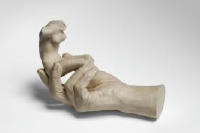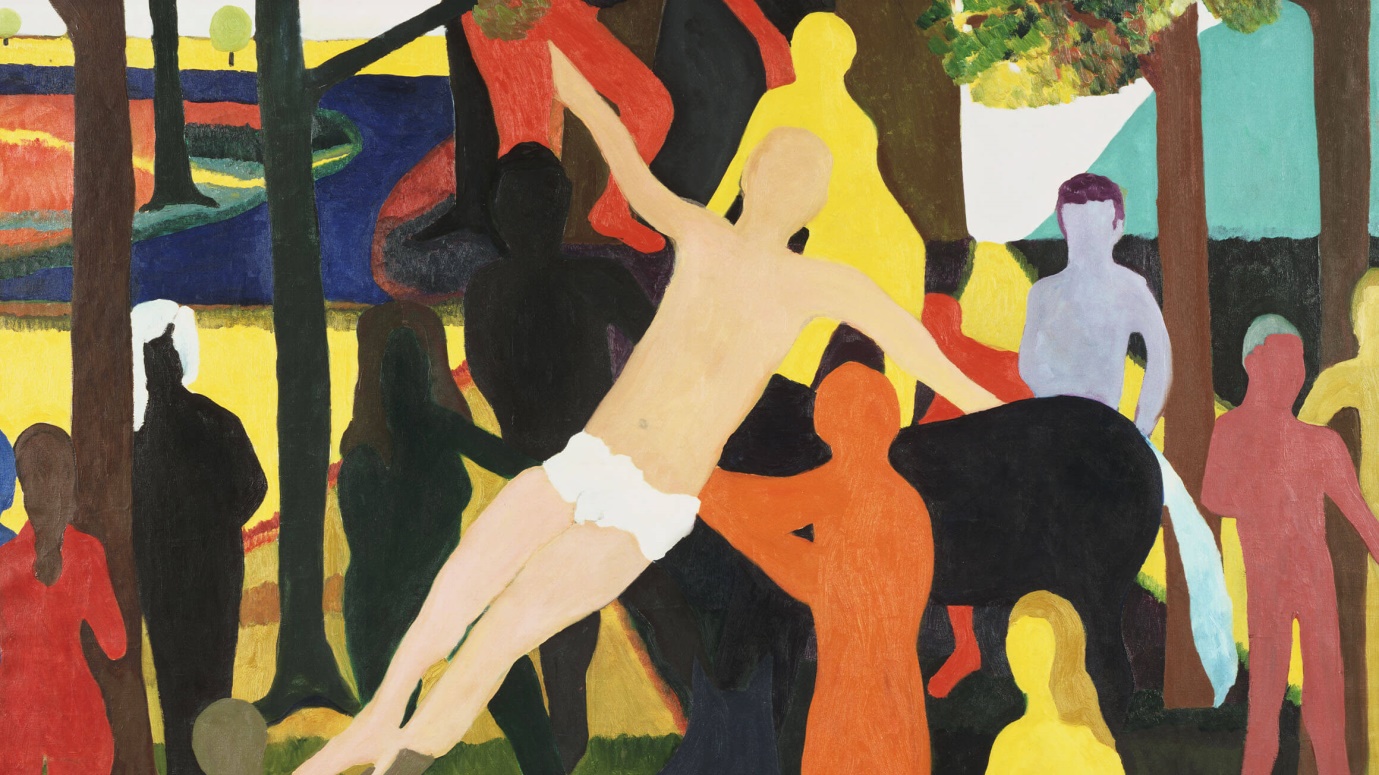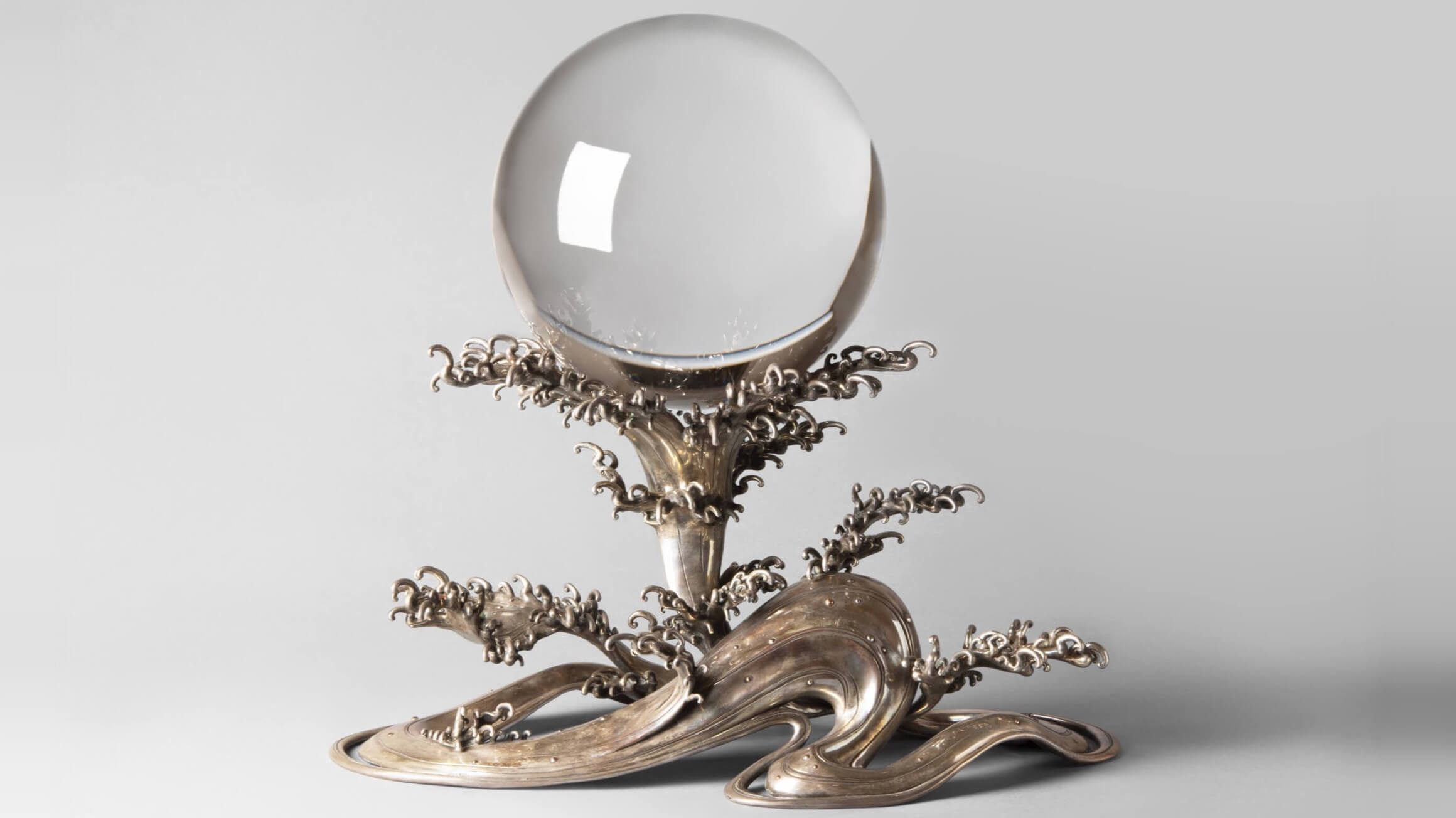Philadelphia Museum of Art is one of the most sophisticated museums in the US. It is also one of the most visited museums in the nation and is reported to offer satisfactory experiences. The museum, offering both historical and contemporary artworks covers the visitors with various types of experience. My visit is expected to be eye-opening from both historical and contemporary spaces of art. The worthwhile visit helped me to learn that the Philadelphia museum of art is an intriguing and mixed-cultures place of creative art discovery.
Space, Building, and Physical Environment
I visited the Philadelphia Museum of Art and experienced the artistic space, content, and environment of this place. From the entrance of the museum, its setting is spacious, sobering, and accommodative. The fresh air coming from the well-maintained green vegetation, the gardens, and the spaced buildings sets a friendly environment. The museum has different artistic structures including at least six main buildings which connect to the main building and several sculpture gardens (“Philadelphia Museum of Art 4K UHD Aerial Video”). The general setting of the museum is rocky paths with a naturally lightened environment. The main building is designed with traditional American culture touches within a museum scope. The general environment is serene with a compound created with imaginative tricks. The vegetation in the sculpture garden provides visitors with fresh air that lacks in their living environments. The whole compound is structured to ensure smooth movements of people from one setting to another.
General Content
Philadelphia museum hosts a comprehensive collection of materials from all cultures and times. It exhibits wall paintings, sculptures, building designs, clothes designs, cutlery designs, and general households of different cultures. The museum has both ancient and contemporary arts, especially from the American culture (“Collection”). The artistry elements represent arts of all walks of the world without discriminating their origins or cultures. Different types of artworks are placed in different sections depending on the culture represented (“Collection”). Different artistic cultures are shown depending on the types of exhibition and during my visit, American, Chinese, and European cultures were represented.
Three Distinct Artworks
Hand of Rodin Holding a Torso

In 1917, three weeks after Rodin’s death, his assistant Paul Cruet made a cast of Rodin’s right hand and in it inserted a small torso. The torso was one of the plaster fragments in Rodin’s studio. The cast is a combination of life and artwork in remembrance of Rodin. The sculpture is made on plaster, sized 6 1/4 x 9 x 3 3/4 inches, and was created in France, Europe (“Hand of Rodin Holding a Torso”). Furthermore, it represents an expressive power of hands used to reveal a variety of experiences and emotions.
The fine sculpture is made in a free form, has a light value, and intense color sitting on a positive space. It is made up of two tangled objects, a human hand and a torso both in dark brown colors (“Hand of Rodin Holding a Torso”). The two use of similar colors for the two objects brings balance and emphasis to their interconnectedness. The color also brings the harmony of the two objects and the variety as seen in their two distinct shapes.
The Deposition
The deposition, created by Bob Thompson in 1961 is a painting made in Paris. Thompson had moved to Paris when he began to create religious paintings based on Baroque paintings and the Italian Renaissance (“The Deposition”). Inspired by the brilliant works of Henri Matisse and Paul Gauguin, the artist reinterpreted the Louvre drawings with flat shapes, limited anatomical details, and vivid colors. Thompson linked his style to Jazz musicians who often reinvented musical elements by continuous improvisation.
The painting, made on oil and canvas is 66 inches × 6 feet 3 1/2 inches in size. The rough art is made up of multiple images with most of them in a standing position. The images are of people, trees, horses, and paths made in different colors including white, black, brown, orange, blue, and cream among others (“The Deposition”). The center of attention is given to a naked white man with only a white cloth covering his genitals. The painting is of mid-gray value with different images and colors emphasizing the drawing. Thompson achieves harmony by creating several images of humans, trees, and horses.

Crystal Ball on Waves

Crystal Ball on Waves is a sculpture collected in the early 1990s during the Song dynasty in China. In this time, rock crystal vessels and carvings were collected and appreciated in China. The flawless crystal ball is placed on a silver stand as breaking waves formed in Japan in the mid of 20th century by an unknown artist. The crystal ball is 8 1/2 inches, 31 pounds 8.4 ounces, and was a gift of Mrs. William Crozier and Major General in 1944 (“Crystal Ball on Waves”). The ball is placed on the wave, whose color is also crystal thus the balance of the presentation.
Most Valued Gallery
The seemingly most valuable arts in the museum include Fire (United States of America) by Teresita Fernández, Hand of Rodin holding a torso, and The Deposition (“Collection”). The three artworks are placed in distinct areas where everyone can see them in the main building. The paintings are placed in their particular areas where there are no other close arts. Separating the artworks ensures that the focus of the viewer will only be on the named arts. Furthermore, they are displayed in large forms, especially for the wall paintings, fire, and are placed in the rooms with enough lights. The artworks have also been named as the representation of various themes including tragedy, power of hands, and elegy respectively. The three arts are put in the historical exhibitions of hidden history but revealed by their interpretation.
The behavior of Other Visitors
Most visitors in the museum seem happy and excited to explore the art scene and meet their imaginations. At the entrance, people are anxious especially the adults, emotions that might be explained by parking problems in the museum, especially past morning hours. Children seem extra excited to visit this new environment and are walking in faster movements compared to the adults. The museum entrance pavement is rocky so all visitors start their artistic exploration here and seem to be admiring the rocky paths. While walking up the hilly path, most visitors are discussing the rocks as they decrease their speed to watch them closer. While some visitors thirst for arts in the buildings, some decide to admire various sculpture gardens. The sculpture gardens also have attractive arts which leave viewers pointing and smiling. Unlike people entering the museum who as less hasty, the leaving visitors are mostly in a rush.
In the different buildings of the museum, the visitors move slowly as they view different artworks as recognize specific cultures. In the rooms with the most captivating wall paintings or sculptures, adult visitors seem to spend more tie admiring and learning the history of the arts. However, as older people prefer to look into the written label about different artworks, the younger generation barely reads. Most crowded rooms especially those with many children are noisy and rapid movements are seen. Furthermore, while adults prefer to check paintings at a far distance, younger people draw closer to probably understand the details. All in all, the faces of many visitors imply that they gained the satisfaction they expected when coming to the museum.
Description of the Experience
The thoughtful and planned visit to the museum helped me to recognize and appreciate art history based on various sources of culture. Planning the visit gave me a chance to decide what I intended to see in the museum. I had to search significant regions and arts that I needed to see before the visit. The process of planning also allowed me to think about why I needed the visit. The visit was important to discover various art histories and the artists helping to keep them alive. As an American, a purposeful visit opened my mind about the importance of art and why it should be appreciated. Art does not only help people to maintain historical happenings and designs, it also helps us to understand our origins. Museum organizes a capture of history that not even a book can present. In about two hours, I had seen and learned more than I would had I been reading an art-based book. Furthermore, viewing the artworks alongside other visitors strikes educative discussions.
Works Cited
“Philadelphia Museum of Art 4K UHD Aerial Video.” YouTube, Uploaded by Ariel Landscapes, 2019.
“Collection.” Philadelphia Museum of Art, 2022. Web.
“Crystal Ball on Waves.” Philadelphia Museum of Art, 2022.
“Hand of Rodin Holding a Torso.” Philadelphia Museum of Art, 2022.
“The Deposition.” Philadelphia Museum of Art, 2022. Web.